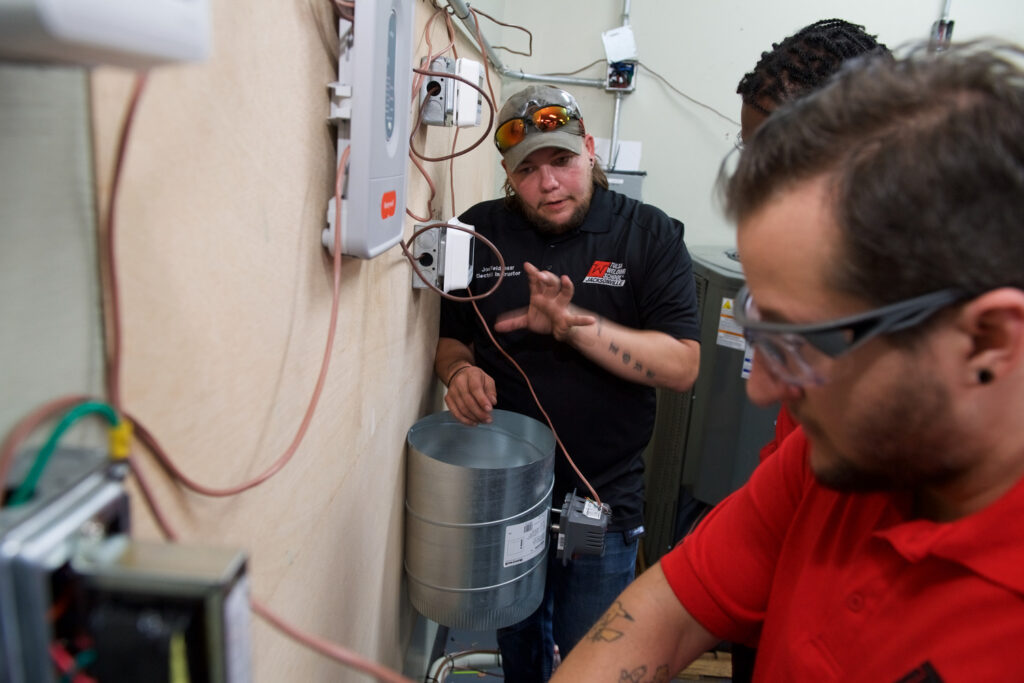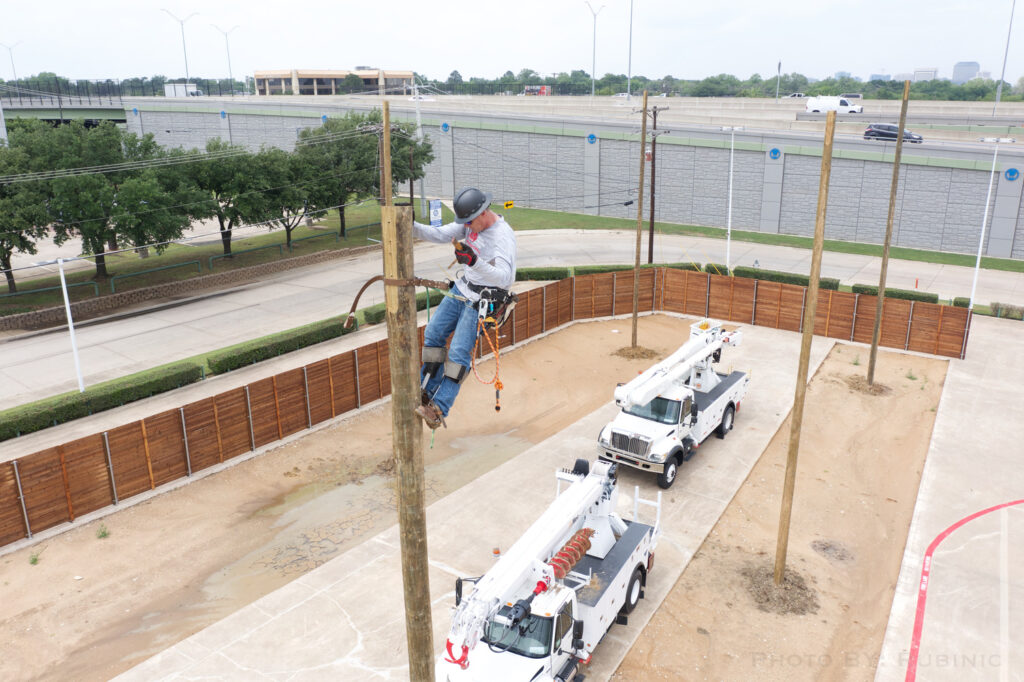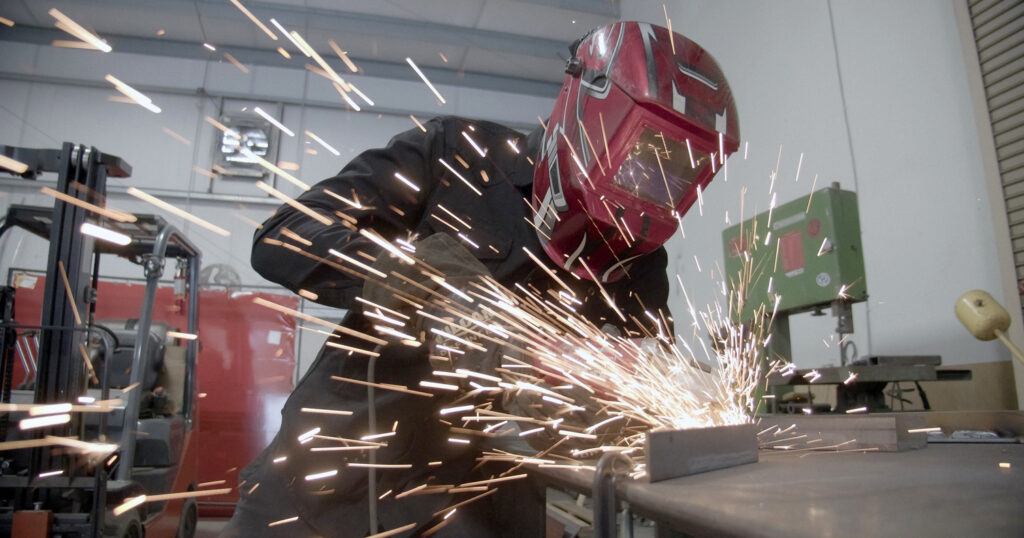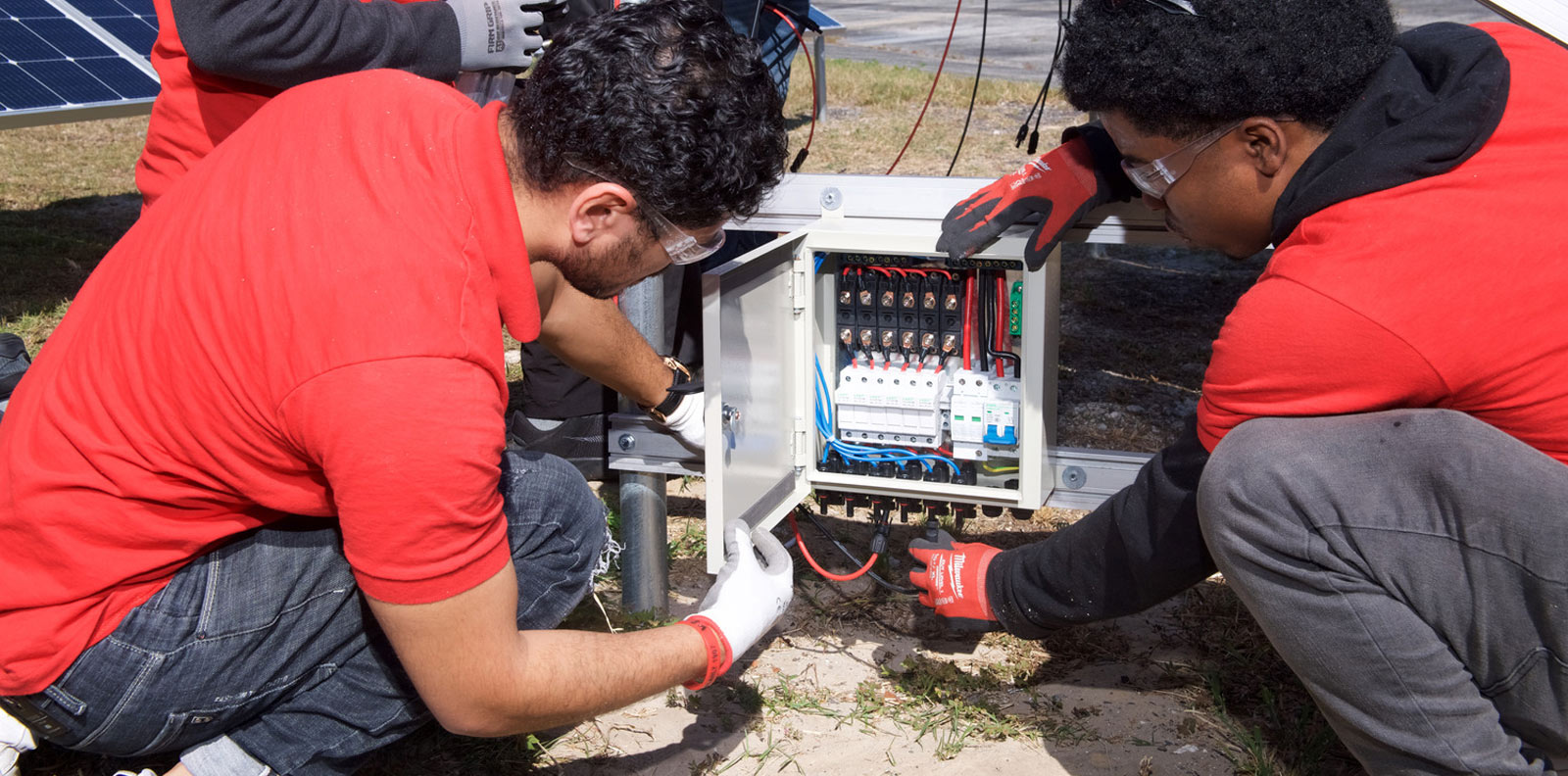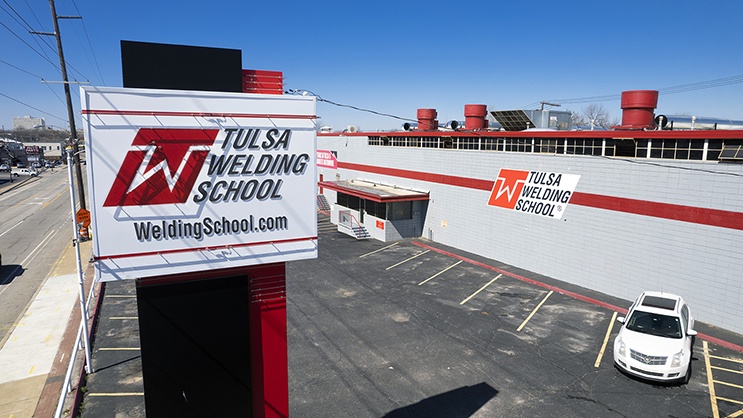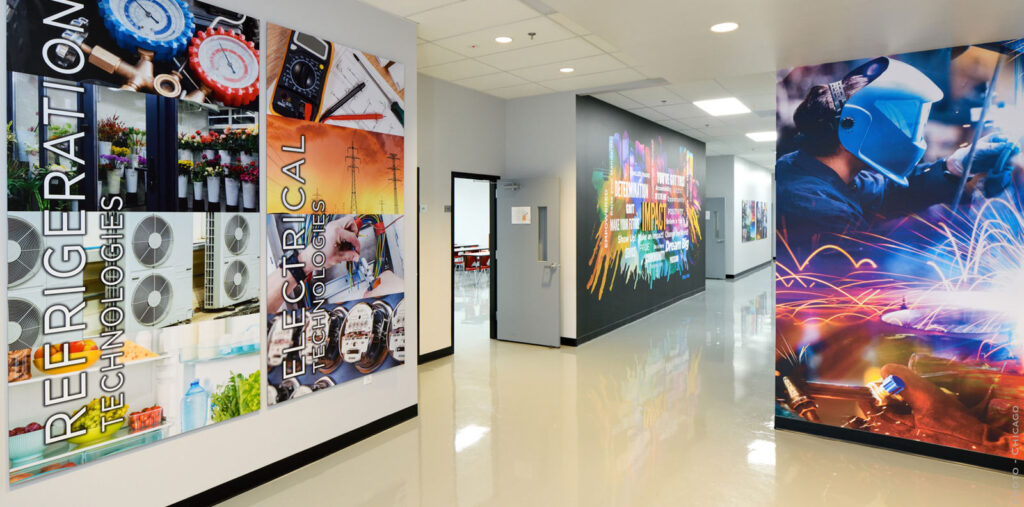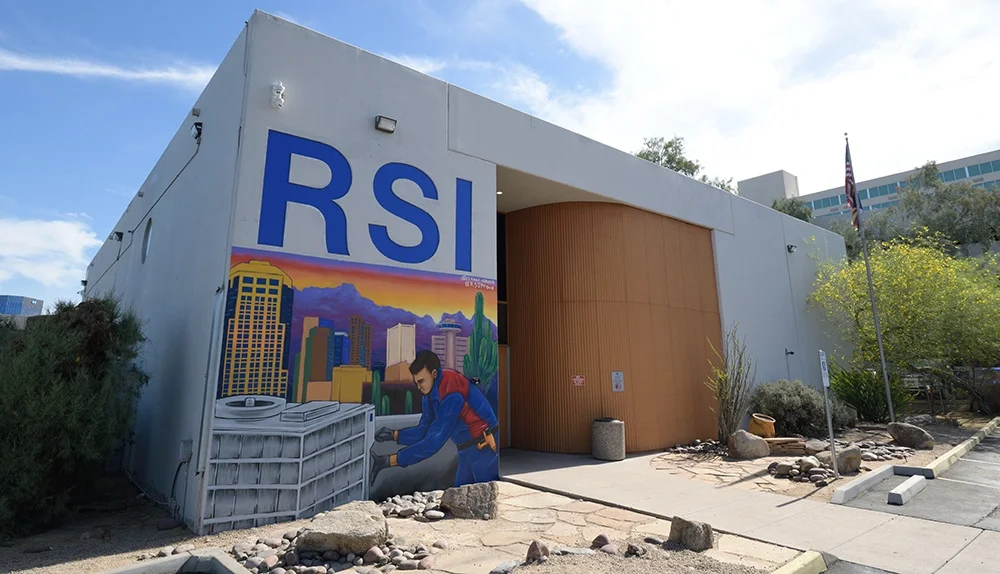How to Get A Journeyman Electrician License in Florida
Earning your journeyman electrician license in Florida is an important step toward building a stable and rewarding career in the electrical trade. With steady demand for skilled electricians*, opportunities are growing across residential, commercial, and industrial sectors. Though the process can seem complex […]
Read More about How to Get A Journeyman Electrician License in Florida